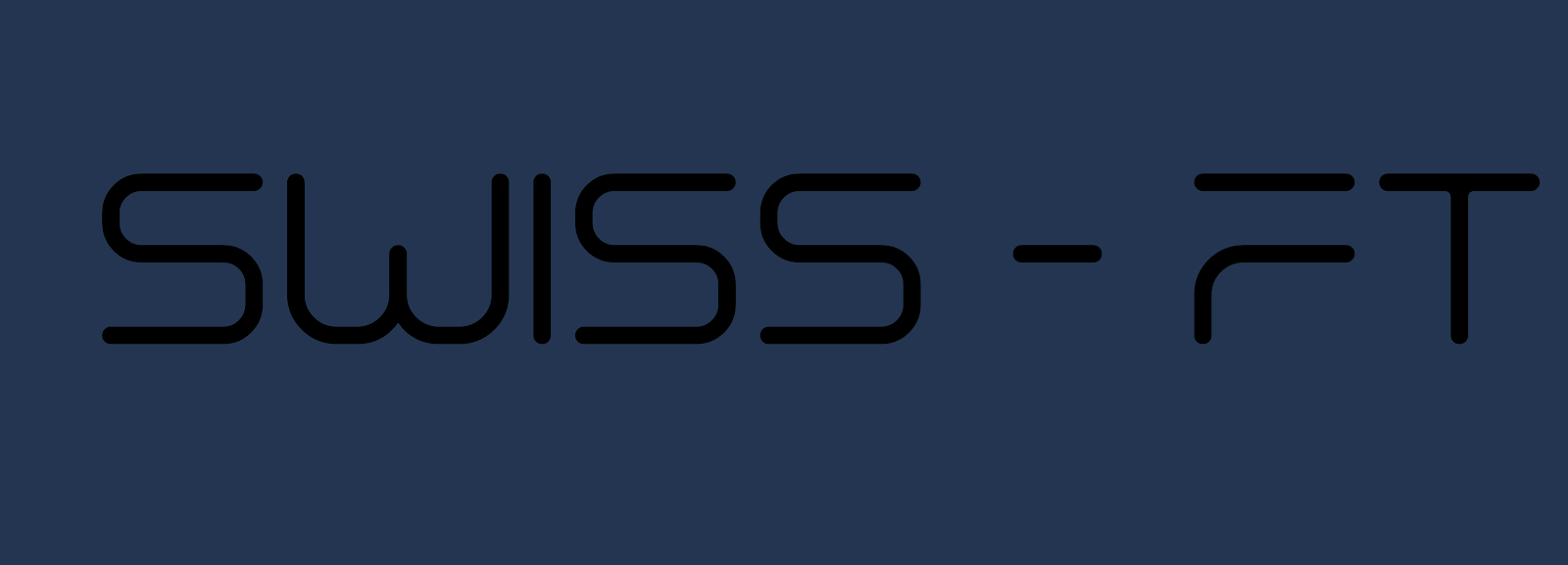The announcement also extended the pandemic-era student loan payment pause, for the seventh and final time, until Dec. 31.
The plan’s three broad prongs are to provide targeted debt relief in response to financial harm from the pandemic, to make the student loan system more manageable for current and future students and to protect future students and taxpayers by reducing the cost of college and holding schools accountable when they hike up prices.
“In keeping with my campaign promise, my Administration is announcing a plan to give working and middle class families breathing room as they prepare to resume federal student loan payments in January 2023,” Biden wrote on Twitter Wednesday as he announced the plan.
Here’s what we know so far:
Who’s eligible for student loan forgiveness?
Single borrowers whose incomes are under $125,000 a year and married couples who earn less than $250,000 a year are eligible to have $10,000 of federal student loans forgiven.
Current students are only eligible if they take out their loans before July 1, 2022.
What if I have more than $10,000 in debt?
Pell Grant recipients, undergraduates who typically have the greatest financial need and compromised more than 33% of all undergraduate students in 2019, would be eligible for an additional $10,000 cancellation in federal loan debt, meaning $20,000 in loan cancellation total.
Progressive Democrats, including Sens. Elizabeth Warren and Bernie Sanders, have advocated for student loan forgiveness equaling $50,000 or more, but Biden has shot down such amounts.
How will student loan forgiveness work?
The Education Department is set to release information on how to sign up for student loan forgiveness in the coming weeks. Nearly eight million borrowers whose income information the department already has on file will be automatically enrolled in relief, but everyone else will have to fill out an application that will be available by the end of the year.
When will I have to start paying again?
Borrowers whose loans aren’t forgiven or are only partially forgiven should plan to resume loan payments in January.
Biden explained that though COVID-19 cases remain elevated, as the economy improves, pandemic-related relief should be phased out responsibly.
Another feature of the loan relief plan is that it caps undergraduate loan payments to 5% of a borrower’s monthly income, as opposed to the previous 10% threshold.
Additionally, the plan forgives loan balances of $12,000 or less after 10 years of payments instead of the current 20 years.
It also fully covers the borrower’s unpaid monthly interest so that, unlike with current income-driven repayment plans, a borrower’s loan balance won’t grow as they make their required monthly payments.
The student loan relief plan is expected to face harsh legal challenges, but if successfully approved, it could erase federal student debt for about 20 million people and become a basis for middle-class borrowers to begin building wealth, buying homes and saving for retirement.
http://dlvr.it/SX9xgL
http://dlvr.it/SX9xgL



